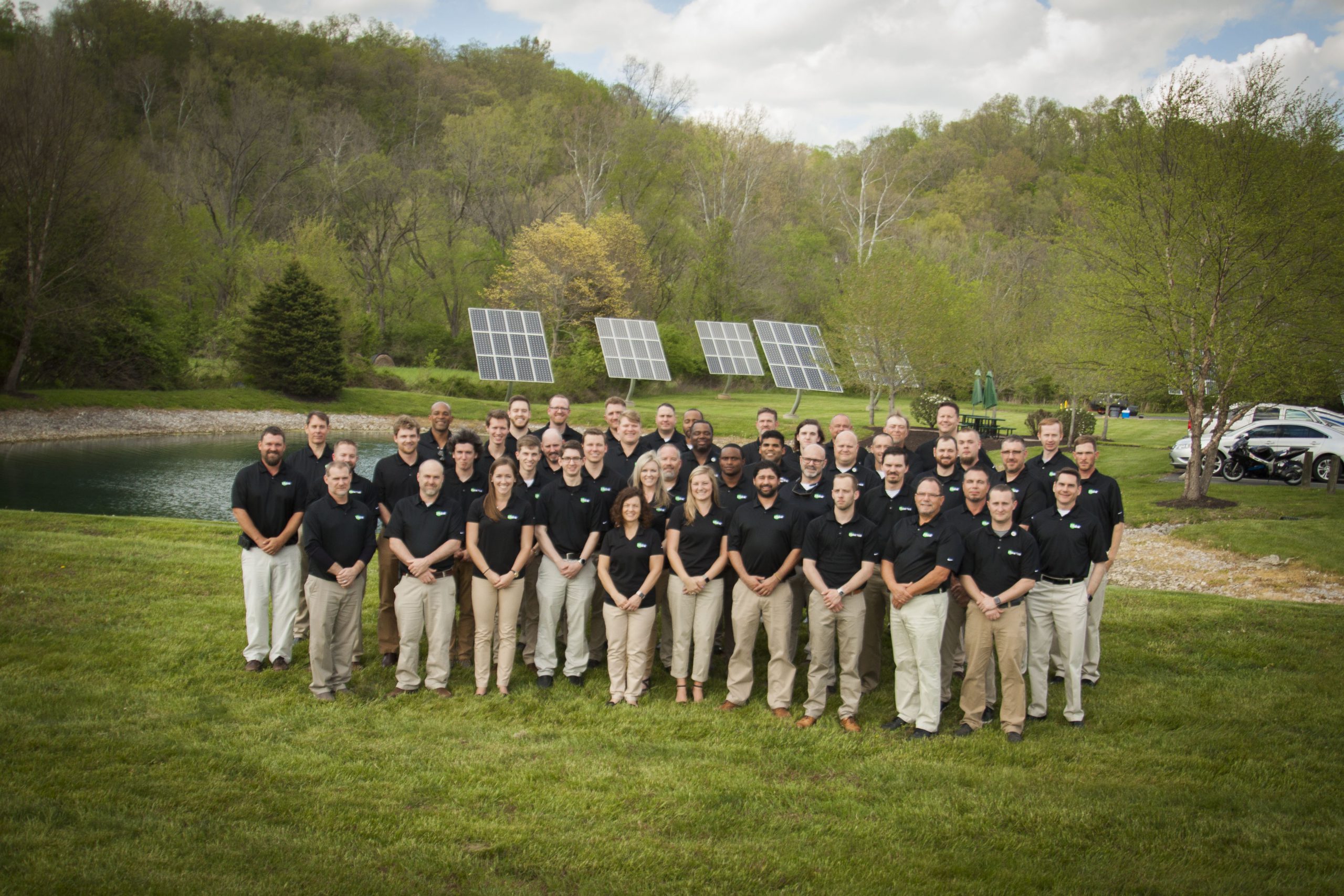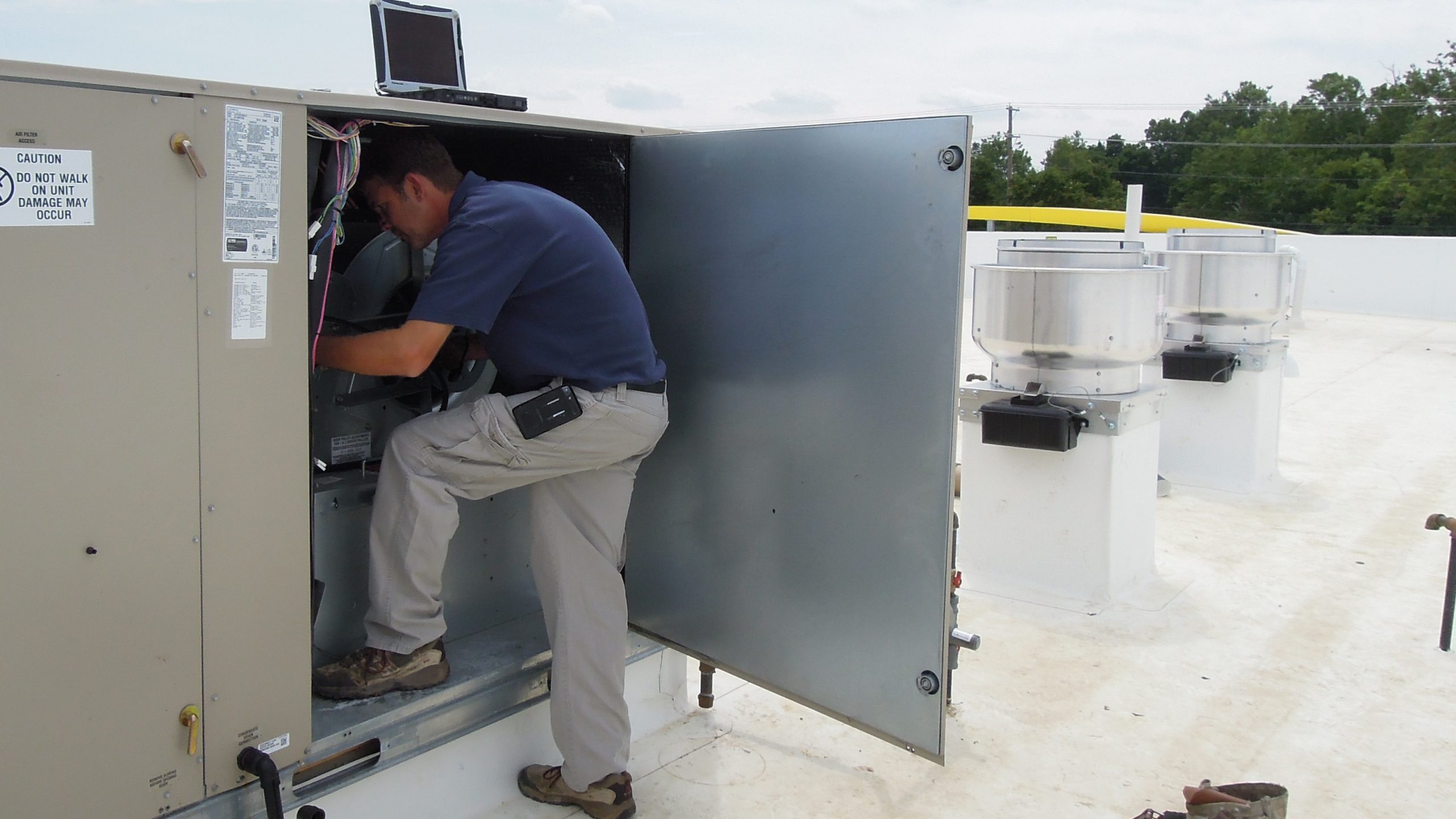Have you ever replaced old HVAC equipment just to find that, after spending a lot of money, the comfort issues you were experiencing previously are still there? Or you now have new problems that weren’t there before? Your HVAC operates as a complete system, and the new equipment is only as good as its installation quality and the existing system it is connected with. Here are some tips to help you get the most out of your HVAC equipment upgrade program.
- First, be proactive. Get ahead of HVAC issues before they get worse or before they occur at all. The more proactive you are, the lesser the negative impacts to your facilities operating budget, revenue, customer relations, and human resources. On the flip side, with a fix-on-fail approach, you deal with costly emergency repairs, you have high energy costs from inefficient equipment, your revenue and customer relations suffer as uncomfortable customers take their business elsewhere, and your human resources incur lost productivity and even turnover of employees due to uncomfortable/unhealthy working conditions. Not to mention the effect on your stress level when you have to deal with HVAC breakdowns!
- Start with a site survey. You need an accurate inventory of your existing HVAC equipment, so you can make decisions on what to do with it. Be clear about what information you need to have collected from the field, information that will enable you to make a thorough evaluation and meaningful recommendations. Examples include equipment age, condition, features, operating measures, and so on. Remember that your HVAC is a system, made up of many components all working together. The focus can tend to be limited to the heating/cooling equipment, but there are also other pieces of the system that are very important, such as exhaust fans, ductwork, air grilles, and controls, to name a few. Issues with these other components could limit the effectiveness of any new heating/cooling equipment. The system is only as good as its weakest member.
- Assess the data. Review the data returned from the site surveys to assess the overall scale and scope of your upgrade program. Determine your trigger points for repair versus replacement, such as equipment age, condition, and efficiency. This is the methodology that will help you to objectively decide whether you will continue to invest in a piece of equipment or replace it altogether. In grading the equipment, this could be a simple, Green – Yellow – Red system of classification. Green meaning ‘do nothing’, the equipment is good as-is. Yellow meaning ‘repair’, the equipment has some issues that can be corrected at relatively low cost. Red meaning ‘replace’, the equipment has completely failed or is no longer worth investing in.
- Prepare a scope of work. Apply the previously prepared methodology to your entire equipment inventory. This then becomes your scope of work for each site. Put the scope in writing and be clear about your expectations. Your equipment suppliers and installation contractors will need this scope in order to provide you with accurate estimates of cost and lead time. This advanced planning, budgeting, and coordination will help to ensure the subsequent execution of the work goes smoothly.
- Consider the timing. Equipment suppliers and installation contractors tend to be busiest in the summer and early fall months when construction activity peaks. Avoiding these times helps to ensure you have the support you need, and your costs may be lower. Plus, upgrading before summer helps to prepare your facilities to handle the hot/humid weather ahead. Any temporary outages of heating/cooling that may occur while equipment is being repaired or replaced is less impactful on the facility operations during times of milder weather.
- Vet your partners. Working with the right people makes a world of difference. Partner with suppliers and contractors who are trustworthy and reputable. Make sure they have experience with your type of facility and HVAC system, and are qualified for the services to be performed. With the right team, you can accomplish most anything.
- Inspect the work. After the equipment is repaired or replaced, it is imperative that it be inspected, tested, balanced, and commissioned in order to receive the full benefit of your capital investment. This is your final assurance that you get the quality and performance expected out of your HVAC system. When issues are uncovered during this process, be sure to have them corrected by the suppliers and contractors while they are still under warranty. If left unaddressed, those issues will become headaches and costs to your facilities and operations teams later.
Managing an HVAC equipment upgrade program can be a daunting job. When it is handled in a proactive and organized fashion, and includes the right partners, the results can be extraordinary.









